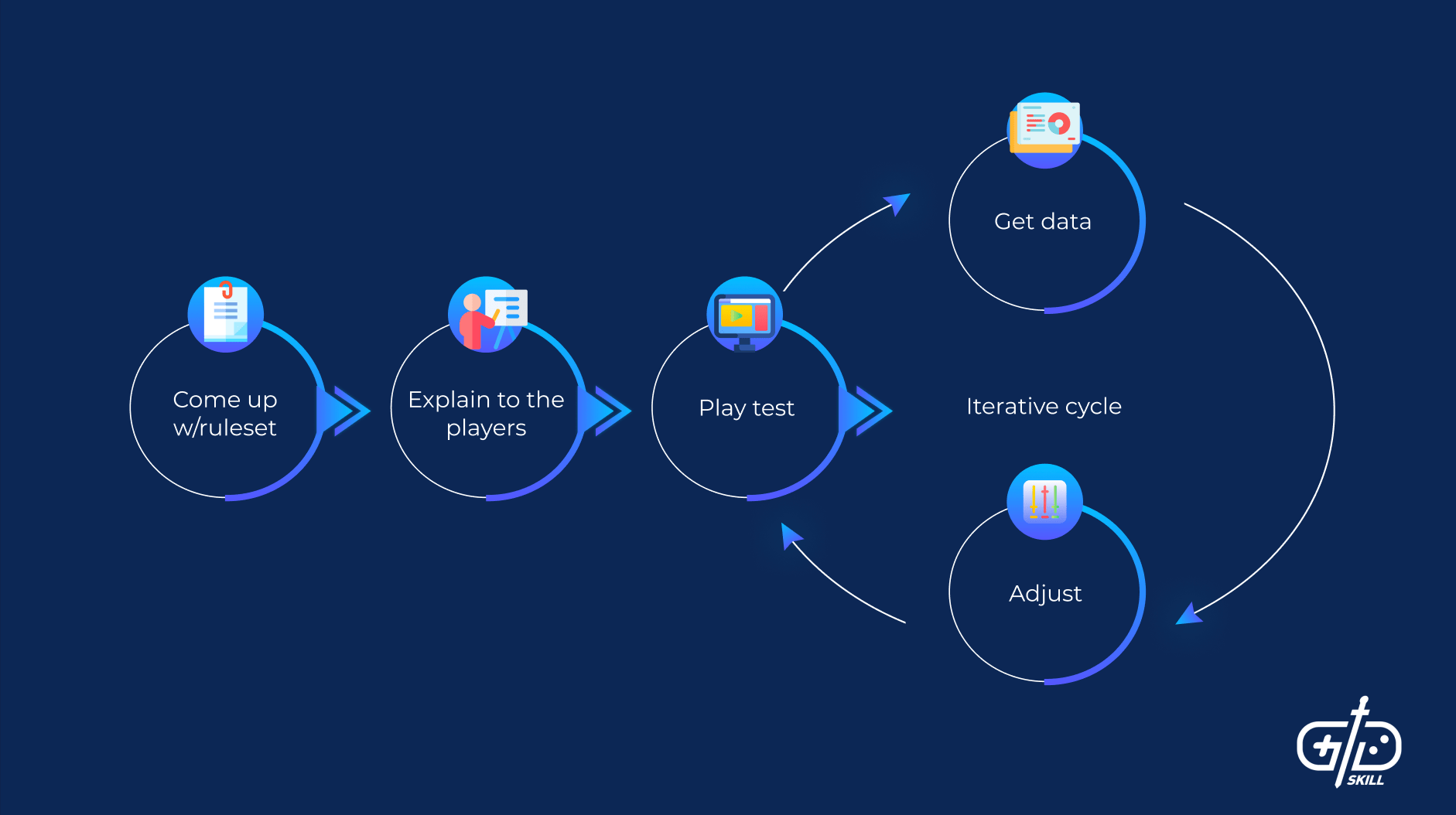How Games Handle Internal Monologue

Internal monologue is a key element in storytelling, and it plays a crucial role in shaping the player’s experience in video games. Many games have successfully incorporated internal monologue to give players a deeper insight into the protagonist’s thoughts, emotions, and motivations. In this article, we will explore how games handle internal monologue and the impact it has on gameplay and narrative.
One of the most common ways games handle best minecraft hosting server internal monologue is through in-game dialogue and narration. By having the protagonist speak their thoughts out loud, players can better understand their inner workings and the decisions they make throughout the game. This can add layers of complexity to the character and make them more relatable to the player.
Another popular method is through the use of text-based dialogue boxes or thought bubbles. This allows players to read the character’s thoughts as they navigate the game world, providing a more intimate and personal connection to the protagonist. By seeing the character’s inner monologue, players can empathize with their struggles and motivations, further immersing themselves in the game’s story.

Some games take a more subtle approach to internal monologue by using environmental storytelling and visual cues. For example, a character’s body language, facial expressions, or environmental details can convey their thoughts and emotions without the need for explicit dialogue. This can add depth to the character and create a more immersive and interactive experience for the player.
In addition to enhancing the narrative and character development, internal monologue can also have gameplay implications. By providing insight into the character’s thought process, players can make more informed decisions and strategic choices in the game. This can add a layer of complexity to the gameplay and challenge players to think critically about their actions and the consequences they may have on the story.
From emotional introspection to tactical decision-making, internal monologue plays a significant role in shaping the player’s experience in video games. By offering a glimpse into the protagonist’s thoughts and motivations, games can create a more engaging and immersive storytelling experience for players. Whether through dialogue, text, or environmental cues, internal monologue is a powerful tool that adds depth and complexity to game narratives.
In conclusion, internal monologue is a crucial aspect of storytelling in video games, and its implementation can greatly enhance the player’s experience. By providing insight into the protagonist’s thoughts and emotions, games can create more relatable characters and engaging narratives. Whether through in-game dialogue, text boxes, or visual cues, internal monologue adds depth and complexity to the gameplay experience, challenging players to think critically and empathize with the characters they control. Ultimately, internal monologue is a powerful storytelling tool that enriches the gaming experience and immerses players in the world of the game.
